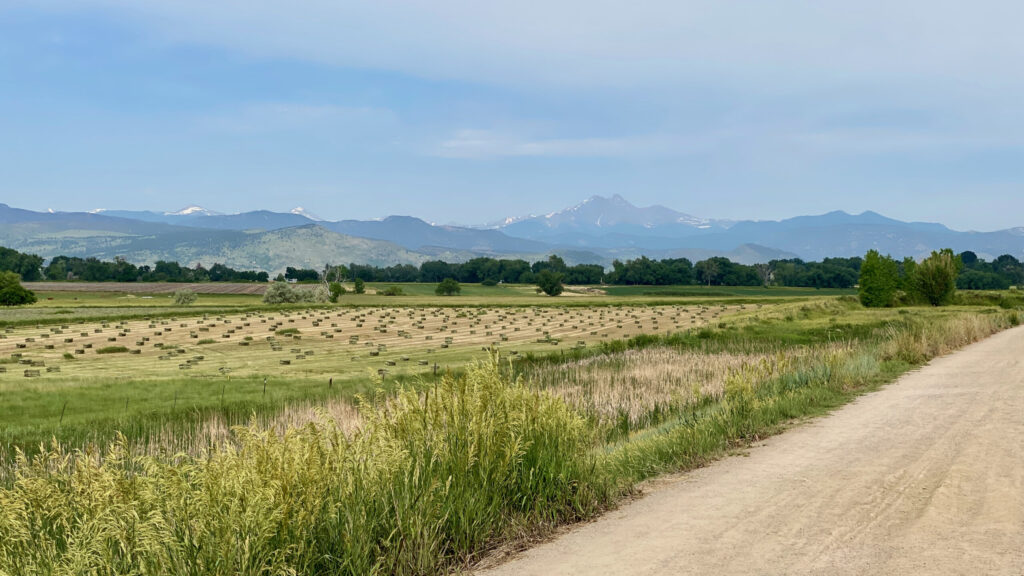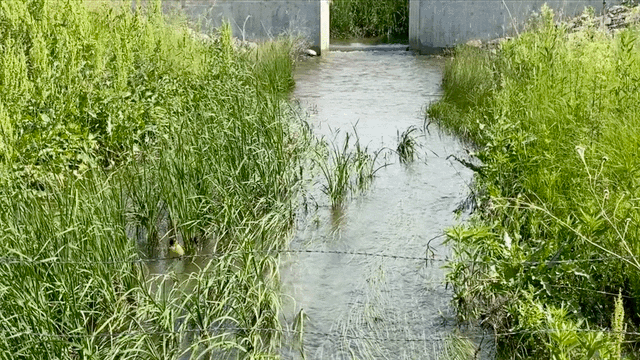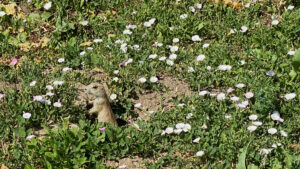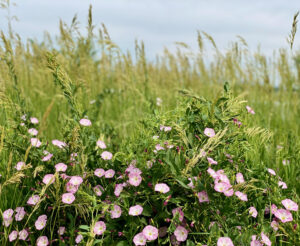McIntosh Lake
When I moved to Colorado, I was prepared for stunning mountains, epic rivers, and peaceful prairies, but somehow I never thought about lakes. All that snow has to go somewhere, though, right? McIntosh Lake in Longmont is one of those melted snow repositories, and it’s just gorgeous. In the northwest corner of the city between 17th Ave. and Highway 66, it initially appears to be tucked away between neighborhoods – which the eastern half of the lake is. But as you head west around the 3.5 mile loop trail, it opens up into farmland and open space with one of the best mountain views around. And it’s not hard to find mountain views in Longmont, named for its proximity to the 14,259-foot Long’s Peak.

McIntosh Lake was built as a 265-acre reservoir in 1903 to irrigate farmland, which it still does today. The water comes from the St. Vrain Creek, a tributary of the South Platte River, that originates as snowmelt in the continental divide and heads downslope through Rocky Mountain National Park, Lyons, and Hygiene to converge with Left Hand Creek (named to honor Arapaho Chief Niwot) in Longmont.
At selected times of the year, the lake is also fed from the east by Oligarchy Ditch, which dates back to 1866 and extends all the way across to the east side of the city. Oligarchy Ditch was constructed in the post-gold rush days to alleviate flooding and to irrigate farmland, primarily wheat, pumpkins, peas, fruit trees, and sugar beets. Today, both the St. Vrain and Oligarchy have paved walking/biking paths and greenways throughout the area – more on those soon.

The McIntosh Lake Nature Area opened for public recreation in 2004. The aforementioned trail is partly paved and partly gravel, and mostly flat so it’s very accessible. As it’s a reservoir, there’s no swimming and only non-motorized boats that can be carried onto the lake are allowed. We saw a small boat rental business operating on the northeast shore, with canoes, kayaks, and paddleboards available. Although there is a limit of 25 boats on the lake at any given time, we saw quite a few people out there. The lake is stocked with fish, and regular fishing is permitted but not ice fishing. Dogs on leashes are allowed. There are a few smaller parks dotted around the perimeter and a few small outdoor art installations.
Mostly, though, it is just a beautiful spot. McIntosh Park on the northwest side of the lake has some protected shoreline that is a designated wildlife area and cordoned off from boats. They have done some native plant re-vegetation in places, and there are a couple of chattering prairie dog colonies. I’m not much of a bird watcher but we saw lots of very distinctive red-winged blackbirds and a few egrets/herons. There are reportedly tons of other birds near the lake, including the occasional bald eagle.
We arrived about 9am on a sunny summer Saturday morning, and it was already a little busy but not crowded. We’re old and slow so it took us about two hours to walk the 3.5 miles all the way around the lake. It was plenty hot by the time we finished, so in the future I’d get an earlier start. I can imagine a spectacular view of the mountains there at sunrise, when the light hits them from the east, but I’ll bet it’s also incredibly beautiful at sunset. I look forward to visiting at different times of day and during different seasons to see all this beautiful lake has to offer.


